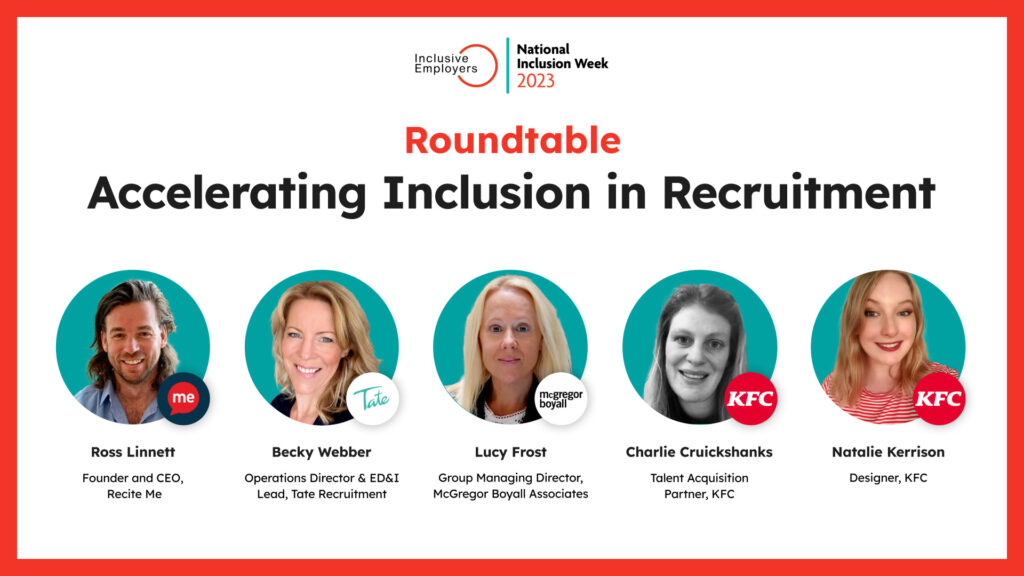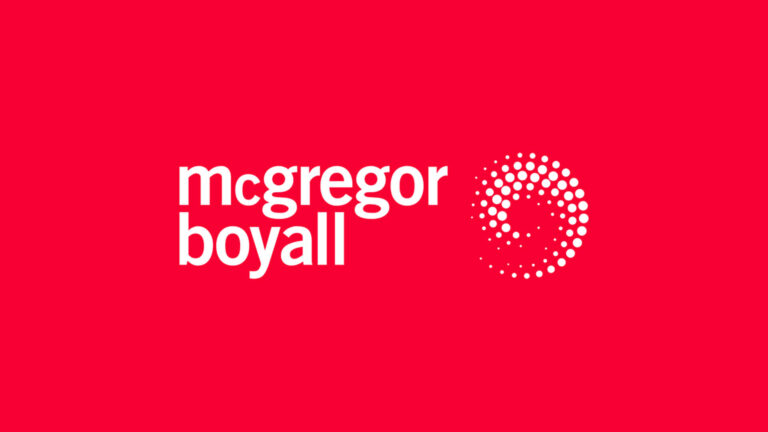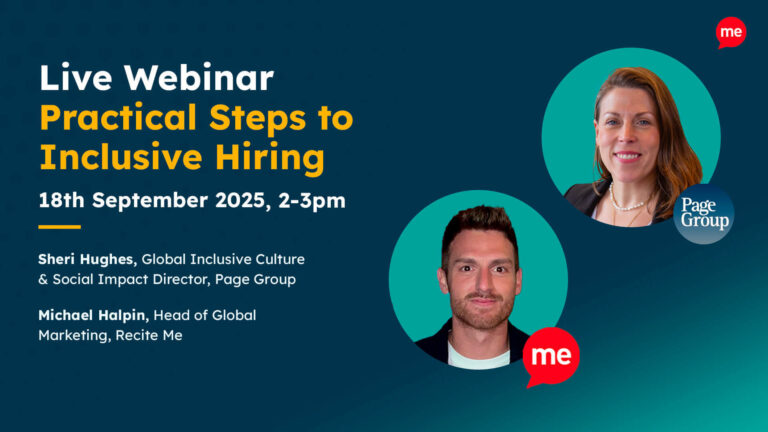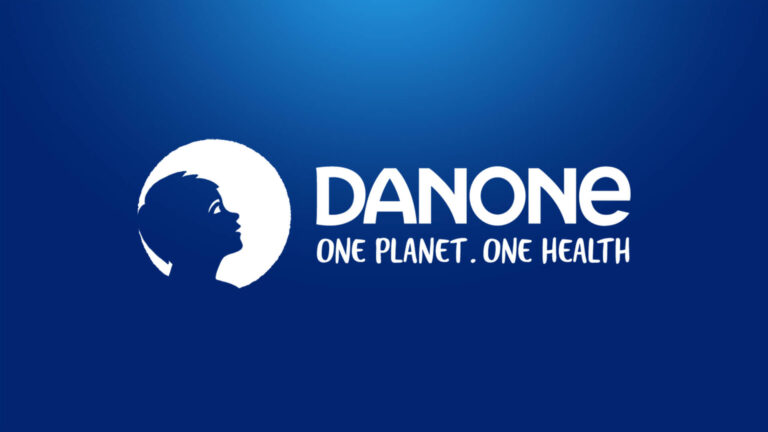By embracing digitally inclusive recruitment practices, organisations can attract diverse applicants. From crafting job descriptions that resonate with a diverse audience to implementing bias-free interview processes, each decision holds the potential to either enhance or hinder inclusivity efforts.
The Do’s
Do Use Inclusive Multimedia
Visual content is compelling, and it can have a significant impact on how candidates perceive a potential employer. Including diverse representations of employees across various backgrounds and abilities in multimedia materials helps candidates see themselves reflected in the organisation. You also need to consider the accessibility of the media you use online. This includes using subtitles on videos and alternative text for images, this ensures candidates with disabilities can access your content.
Do Build Accessible Job Application Forms
Not everyone will know how to complete an online form, so clear instructions are essential. Provide explicit guidance on the form’s purpose and ensure accurate, informative labels in the correct fields. For screen reader users, clear instructions are vital. Colour should also be used carefully – it shouldn’t be used to convey meaning alone, plus colour contrast guidelines need to be met. Forms should also be keyboard accessible and can be navigated by using the ‘tab’ key as candidates with motor or dexterity impairments may need to navigate your website without a mouse.
Do Allow for Adjustments for the Recruitment Process
This can include the more ‘obvious’ adjustments such as making physical changes to the interview location, like installing a ramp for a wheelchair user or a British Sign Language (BSL) interpreter being present for the interview. But it could also be providing assistive technology to people who struggle with cognitive impairments, or even physical impairments, that limit their ability to use computers or other digital devices associated with their job. Employers should proactively ask candidates if they require any specific adjustments when scheduling interviews and be prepared to implement these accommodations seamlessly, demonstrating a commitment to inclusivity and respect for all applicants.
The Don’ts
Don’t Have a Hiring Panel that Lacks Diversity
A diverse hiring panel brings together varied perspectives, experiences, and cultural insights, which can significantly reduce biases in the hiring process. When panel members come from different backgrounds, they are more likely to challenge each other’s assumptions and consider a wider range of candidates, leading to fairer and more balanced decision-making. This diversity ensures that the panel can better evaluate candidates’ qualifications and potential from multiple angles, ultimately resulting in a more qualified and diverse workforce.
Don’t Forget About Multilingual Candidates
By offering content in multiple languages, the website can reach potential candidates who may not be fluent in the primary language of the company but possess the skills and qualifications needed for the job. This inclusivity not only demonstrates the organisation’s commitment to diversity but also helps attract talent from different cultural and linguistic backgrounds, enriching the workplace with varied perspectives.
Don’t Exclude People Through Your Job Description
Creating inclusive job descriptions involves careful attention to language. Start by using gender-neutral language, avoiding terms that may unconsciously favour one gender over another. For instance use terms like “salesperson” instead of “salesman.”. Lowering the reading age of job description can also make your vacancy accessible to a wider talent pool including those with varying literacy levels or non-native English speakers.
You should also highlight the company’s commitment to diversity and inclusion, and explicitly encourage individuals from underrepresented groups to apply. Be specific about the skills and qualifications required, focusing on what is essential for the role rather than listing numerous “nice-to-have” qualities that might deter otherwise qualified candidates. Additionally, consider offering flexibility in work arrangements, such as remote work options, which can appeal to a broader audience.
On-Demand Webinar: Accelerating Inclusion in Recruitment
Tune into our on-demand webinar to hear from recruitment organisations leading the way in providing an inclusive candidate experience.
You will learn how you can tap into a wider, more diverse talent pool by breaking down barriers for candidates. The session will equip you with best practices, hints and tips on how you can provide an inclusive candidate experience.




